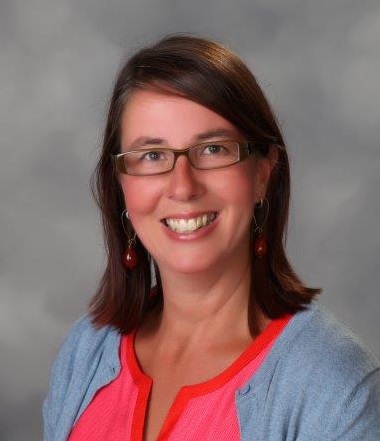In Primary 3, we are enjoying the snow, but hoping for spring. We are trying to be patient, and we know that it’s tough for all of us to be inside all the time.
Please be sure that your child is dressed appropriately for school, as hands and heads get cold even when riding in the car. Even if we don’t go outside due to wind chill or excess precipitation, the children need mittens for riding in the car or walking into the school.
We are celebrating Chinese New Year this week, with the assistance of Abigail Zhang’s family. With some fried dumplings and some story time, we will shed some light on this festival and the Year of the Sheep. If you have a cultural experience to share or celebrate, don’t hesitate to let me know. The children love to have visitors in the classroom, and learning about different cultures is an important part of the tenets of Montessori education.
And, as long as we are talking about different cultures – International Night is coming in mid- May! Primary 3 will be transformed with art and research studies into the continent of Africa.
To go along with International Night, each classroom will have a project, available for bid during our auction. We will be starting our project this week – can’t wait for you all to see it!!
Montessori Methods – Spotlight on Word Composition
When our youngest children come to us, we begin working with them toward language, by talking and tracing. Sandpaper letters are used with the youngest children to trace letters, while concentrating on the sound that letter makes and what it looks like.
You may have heard your child discuss work with movable objects and alphabet letters. This is the next step of language work after tracing Sandpaper Letters.
This is the first attempt at writing on her own. She will start with choosing objects, naming them and then matching the letter sounds within the name to wooden letters. As with every lesson in the class, as the child practices with letter sounds and different objects, she can gain confidence toward spelling, word composition, writing, and beginning creative writing using letters to express the stories within the child’s imagination.
For those students proficient in objects and letter matching and sounds, it’s time to move to phonograms. Maria Montessori defined phonograms as “any letter or letters in combination having a sound different from the phonetic speech sound first taught with the Sandpaper Letters.” It’s the next step in learning to read.
See you at conferences on March 12 and 13th!
Trish

